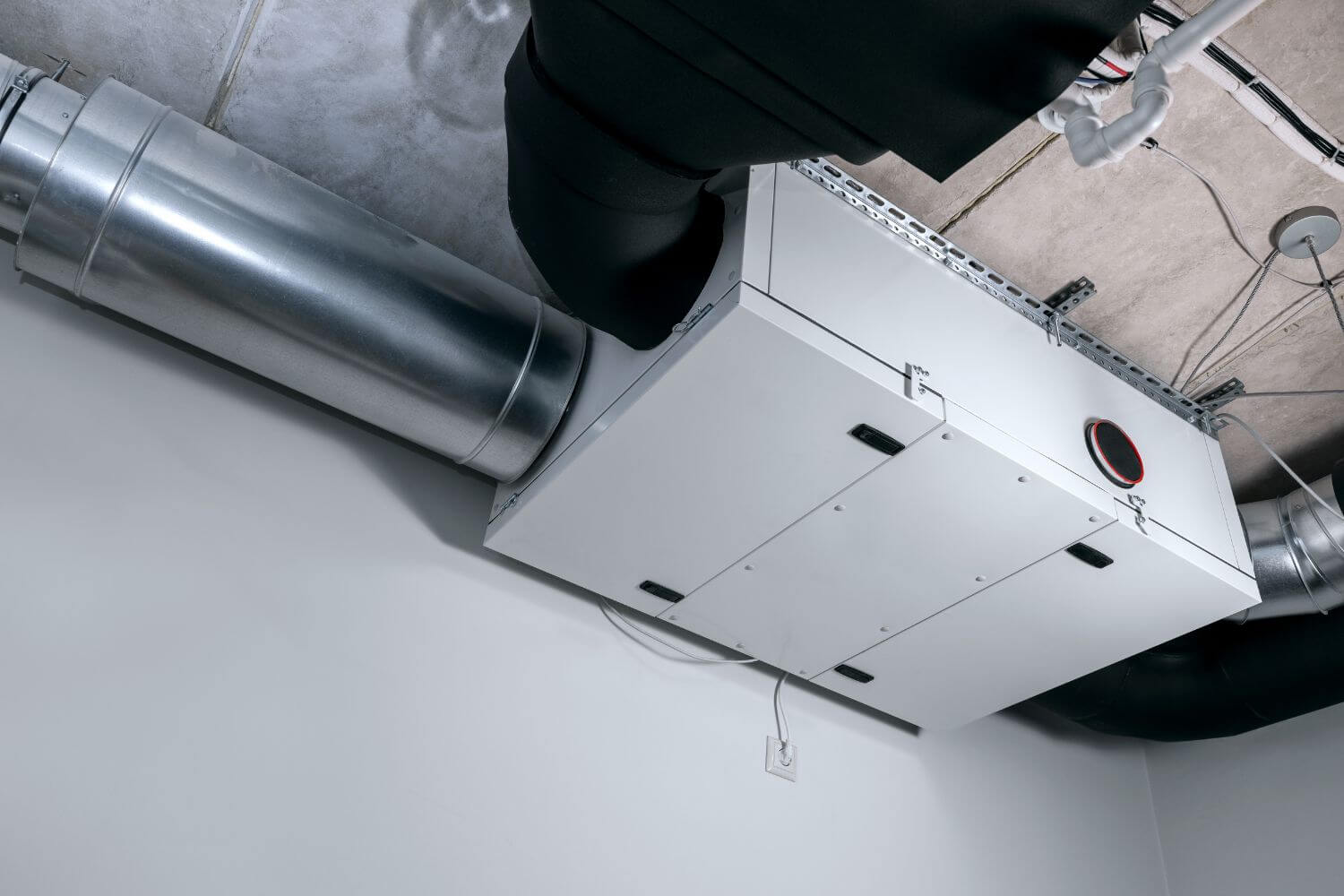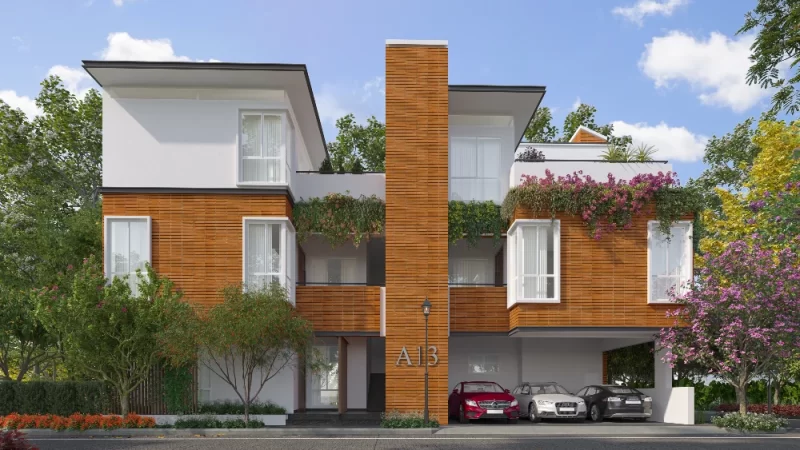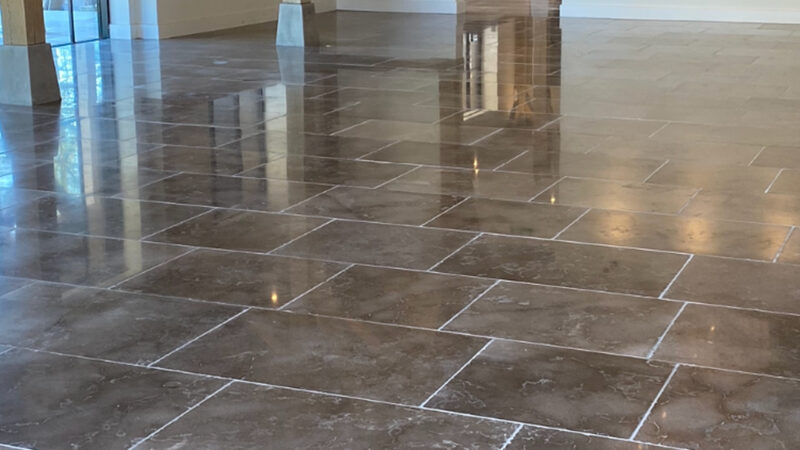In our modern-day living spaces, ensuring optimal indoor air quality is paramount for both comfort and health. One essential component in achieving this is the Heat Recovery Ventilation (HRV) system. HRV systems play a crucial role in regulating air circulation, reducing humidity levels, and maintaining a healthy environment indoors. However, like any mechanical system, HRV systems are susceptible to malfunctions, which can compromise their efficiency and effectiveness. In this article, we will explore the importance of emergency HRV system repairs and provide valuable insights into handling such situations.
Understanding the HRV System:
Before delving into emergency repairs, let’s briefly review how an HRV system operates. The HRV system works by exchanging stale indoor air with fresh outdoor air while simultaneously recovering the heat energy from the outgoing air to preheat the incoming air. This process not only improves indoor air quality but also helps in energy conservation by minimizing heat loss.

Key Components of an HRV System:
- Heat Exchanger: This component facilitates the transfer of heat between the incoming and outgoing air streams.
- Fans: HRV systems have two fans—one for drawing fresh air into the building and another for expelling stale air.
- Filters: Filters help in removing dust, pollen, and other particulate matter from the incoming air, ensuring cleaner indoor air.
- Ductwork: Ducts distribute the air throughout the building, maintaining a balanced airflow.
Common Issues with HRV Systems:
- Clogged Filters: Accumulation of dust and debris can obstruct airflow, reducing the system’s efficiency.
- Fan Malfunctions: Issues with the fans can lead to inadequate air circulation or noisy operation.
- Frost Build-Up: In colder climates, frost accumulation on the heat exchanger can impede heat transfer.
- Electrical Problems: Faulty wiring or sensor issues can disrupt the functioning of the HRV system.
- Moisture Problems: Improper drainage or condensation buildup can result in mould growth and air quality issues.
Importance of Emergency HRV System Repairs:
When an HRV system malfunctions, it not only compromises indoor air quality but also affects energy efficiency and occupant comfort. In extreme cases, such as frost buildup blocking airflow or electrical faults posing fire hazards, prompt repairs become imperative to prevent further damage and ensure safety.
Emergency HRV system repairs are essential for:
- Maintaining Indoor Air Quality: A malfunctioning HRV system may fail to remove contaminants from indoor air, leading to health concerns such as allergies and respiratory issues.
- Preventing Energy Loss: Leaks in ductwork or inefficiencies in heat exchange can result in energy wastage, leading to higher utility bills.
- Avoiding Structural Damage: Moisture problems stemming from HRV malfunctions can cause mould growth, compromising the integrity of the building structure.
- Ensuring Occupant Comfort: Temperature imbalances or inadequate ventilation can create discomfort for occupants, impacting productivity and well-being.
Steps for Emergency HRV System Repairs:
When faced with a malfunctioning HRV system, it’s crucial to take swift and appropriate action to address the issue. Here are some steps to follow:
- Identify the Problem: Conduct a thorough inspection to determine the root cause of the malfunction. Check filters, fans, ductwork, and electrical components for any signs of damage or obstruction.
- Address Immediate Concerns: If the issue poses a safety hazard or significantly impacts indoor air quality, take immediate measures to mitigate the problem. This may involve temporarily shutting down the system or isolating the affected area.
- Contact a Professional: While some minor repairs can be handled by homeowners, it’s advisable to seek assistance from HVAC professionals for complex issues or those involving electrical components. Look for certified technicians with experience in servicing emergency HRV system repairs.
- Perform Necessary Repairs: Once the problem has been diagnosed, proceed with the necessary repairs or replacements. Ensure that all work is carried out in accordance with manufacturer guidelines and local building codes.
- Test the System: After completing the repairs, test the HRV system to verify that it’s functioning correctly. Monitor airflow, temperature levels, and humidity to ensure optimal performance.
- Schedule Regular Maintenance: To prevent future breakdowns and prolong the lifespan of your HRV system, adhere to a regular maintenance schedule. This includes replacing filters, cleaning ducts, and inspecting components for wear and tear.
Conclusion:
Emergency HRV system repairs are essential for maintaining indoor air quality, energy efficiency, and occupant comfort. By understanding the key components of an HRV system and being proactive in addressing malfunctions, homeowners can ensure the long-term performance of their ventilation systems. Remember, swift action and professional assistance are crucial when dealing with emergency repairs to safeguard both property and occupants.







